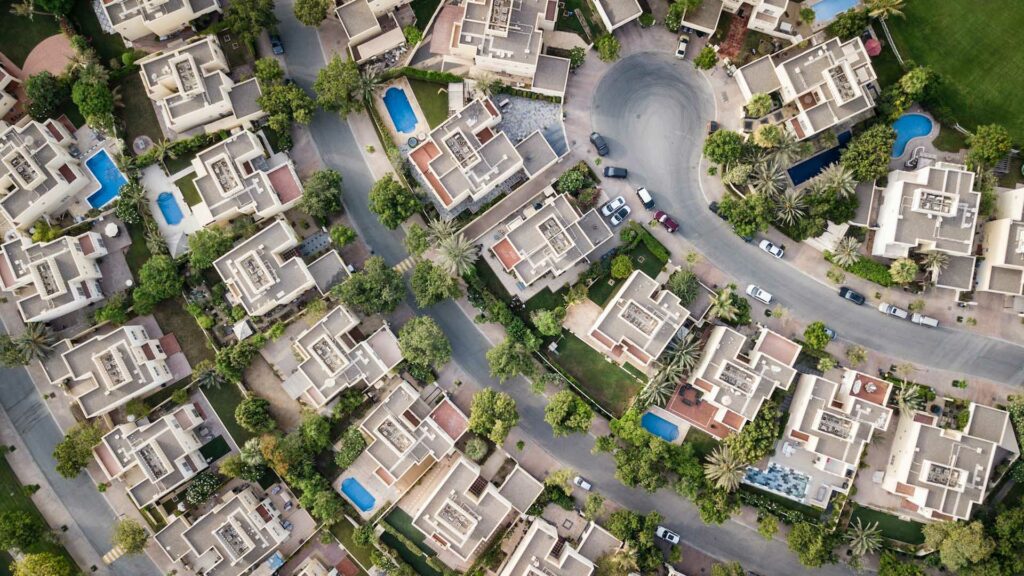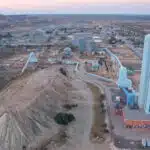Trending: Here are some Business Statistics and Trends to know
|
Getting your Trinity Audio player ready...
|
In a remarkable development, mortgage rates have surged to their highest point in 23 years, sending shockwaves through the housing market. This abrupt spike has propelled mortgage demand from prospective homebuyers to its lowest ebb in 28 years, marking a pivotal moment for the real estate sector.
The Impact on Mortgage Applications
The latest data from the Mortgage Bankers Association underscores the magnitude of this shift. Total mortgage application volume plummeted by 4.2% in the past week, compared to the preceding week.
This substantial decline is a telling sign of the challenges that both homebuyers and the housing market are currently facing.
The Numbers Behind the Surge
Last week, the average contract interest rate for 30-year fixed-rate mortgages with conforming loan balances, those at or below $726,200, catapulted to a staggering 7.31%.
This significant uptick, accompanied by an increase in points to 0.78 from 0.68 (including the origination fee) for loans requiring a 20% down payment, has left many astounded. For context, just a year ago, this rate stood at a considerably lower 5.65%.
Understanding the Drivers
Economists point to Treasury yields as a key driver behind this rate surge. Last week's spike in Treasury yields reflects concerns about ongoing economic resilience and the persistence of stubbornly high inflation.
These factors have contributed to the escalating mortgage rates, impacting both current and potential homeowners.

Source: Statista
Strained Homebuyer Demand
Unsurprisingly, the surge in mortgage rates has dealt a blow to homebuyer sentiment. Applications for mortgages to purchase homes saw a notable 5% decline over the past week.
Worryingly, this figure is a staggering 30% lower than during the same period in the previous year. Buyer demand now languishes at levels not witnessed since December 1995, adding to the complexities of the housing market.
Supply Woes Compound the Challenge
In addition to soaring interest rates and housing prices, the housing market grapples with another significant hurdle—extremely low supply.
The end of July saw available homes on the market reach nearly a quarter-century low, as the National Association of Realtors reported. The confluence of these factors places immense pressure on aspiring homeowners.
The Rise of Adjustable-Rate Mortgages (ARMs)
Notably, the adjustable-rate mortgage (ARM) segment has witnessed increased activity, reaching its highest level in five months. ARM applications surged by 4% week-to-week, as some homebuyers seek to reduce monthly payments by embracing interest rate risk after the initial fixed period.
The Refinance Landscape
Applications for home loan refinancing also bore the brunt of rising rates, experiencing a 3% dip for the week and a substantial 35% year-over-year decline. The refinance share of mortgage activity did increase slightly to 29.5% of total applications from the previous week's 28.6%.
However, with most homeowners already benefiting from rates well below the 5% range, opportunities for further refinancing are limited.
The Road Ahead
As mortgage rates continue their ascent, hovering around 7.5%, it remains to be seen how the housing market will adapt to these extraordinary conditions.
Prospective homebuyers face not only financial challenges but also the pressing need for innovative solutions to alleviate supply constraints. The coming months will be instrumental in shaping the future trajectory of the real estate sector.






